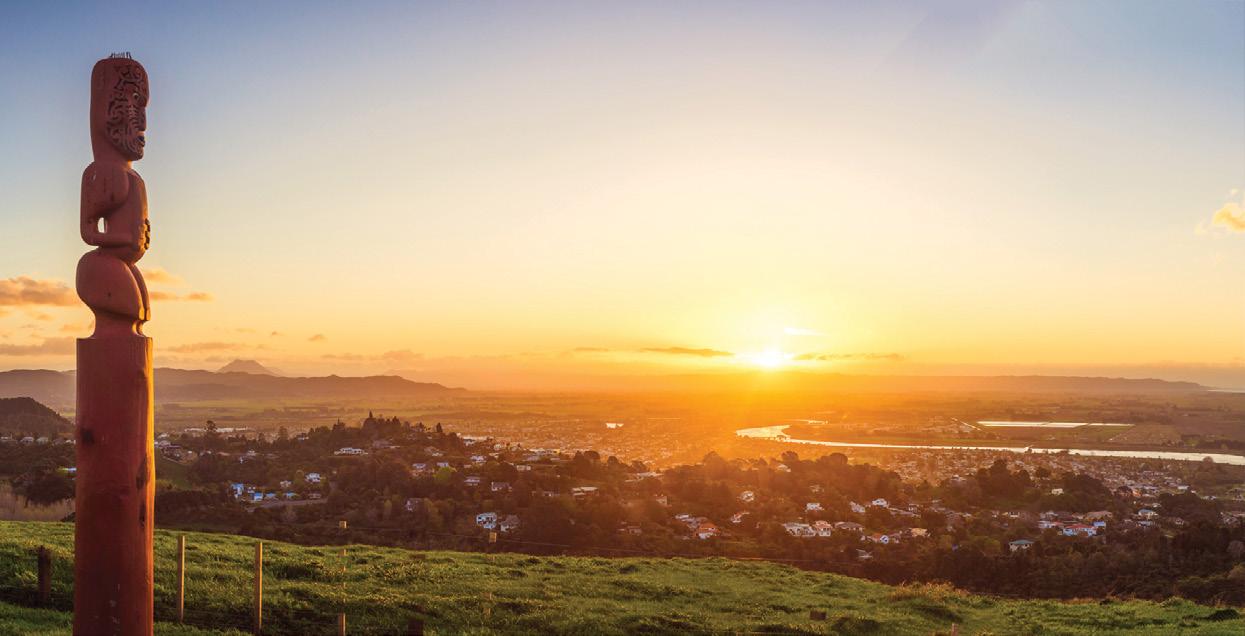
1 minute read
Bioremediation Report
Tū atu, tū mai
A meet-and-greet was held at Te Rūnanga o Ngāti Awa offices with external agencies, consultants, and Whakatāne District Council to fostering engagement. There was two purposes for the hui. Firstly, to introduce newly appointed consent coordinator Keri Topperwien to stakeholders. And secondly, the Rūnanga was able to promote the invaluable cultural and historical knowledge that it contributes to decision making, planning processes and improved environmental outcomes. Feedback was very positive with attendees appreciating the opportunity to meet kanohi ki te kanohi with Rūnanga staff, network with one another and learn more about our process and practice to help facilitate improved engagement with the Rūnanga in the future.
Advertisement
Archaeological, Discovery Protocol and Cultural Monitoring Induction
The Rūnanga hosted an induction to bring together contractors, council staff, archaeologists Lynda Walter and cultural monitor Eula Toko. The induction was an opportunity to promote the importance of process and cooperation between parties concerning earthworks in areas of cultural and historical significance.
Lynda spoke about requirements of Heritage NZ, which included her outlining her role when commissioned to a site and highlighted the importance of imposing the Ngāti Awa Discovery Protocol as a consent condition on earthwork resource consents. Former Environment Manager Bev Hughes talked about the Rūnanga process for deploying the discovery protocol and the role of appointing a cultural monitor in some situations. Eula spoke about her role as a cultural monitor in the Kōpeopeo works.
Site Visit – Trustpower Dam, Matahina
Trustpower propose to carry out some repair work to the dewatering gate at the Matahina Dam. As part of iwi and hapū engagement, the Rūnanga, representatives from Ngāti Awa hapū and members of the Rangitaiki Hapū Coalition were invited to attend a site visit. This was a good example of early and effective engagement. It gave an opportunity to learn more about the proposed activity and ask questions. More importantly, it also presented an opportunity for us to provide practical recommendations early in the planning phase based on cultural and historical knowledge of the area, river and aquatic life. While this helped Trustpower adjust some of the intentions, including timing of the proposed discharge outside of white baiting season, the contributions from our uri provided the Rūnanga with invaluable information to help shape our formal response.








